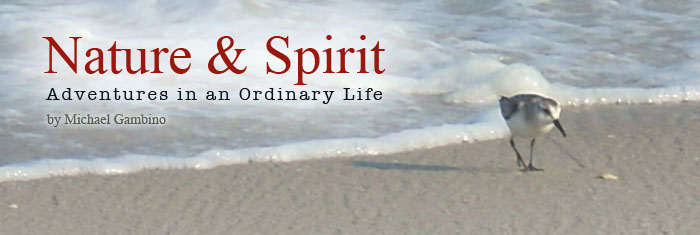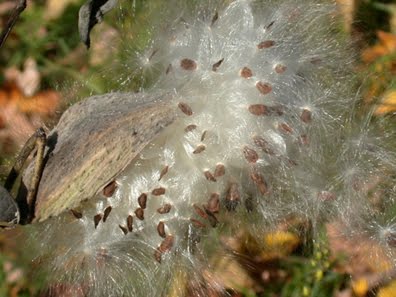Finding Your Sacred Area in Nature – Part 1
 Saturday, February 13, 2010 at 08:15PM
Saturday, February 13, 2010 at 08:15PM Today, I thought I'd talk about something nearly everyone can do to gain awareness of nature and spirit. It is one of the most intensely informative and spiritually powerful practices I know of, and it is just about as free as anything gets in life. People have called it by many names; I'll refer to it as your "sacred area". Spending many hours in a single location studying its secrets and absorbing details is a fairly common form of practice for naturalists, artists, and nature writers. (My first consistent practice of this type developed as a student of Jon Young's Wilderness Awareness School when he was just getting the program started back in New Jersey.) The practice and tradition comes to us from the Cherokee Nation.
Before getting into the details on why it is sacred and what you are to do there, I'd like to provide an overview of what this sacred area is and what it is not. It is a fairly small place – about a 100 foot diameter circle in a natural place. If possible, it should include a variety of vegetation and landscape features such as a stone wall, a stream, a fallen tree, or transition zone between forest and field perhaps. Let your heart guide you and don't be in a hurry to get your spot picked out. It might even take you several days of feeling out different spots to find the one that calls to you. Your sacred area should be relatively out of the way so as to minimize your being disturbed by hikers or traffic, etc. You do not need to hide from the world – just be off the beaten path a bit. It is okay if you can see hikers or the trail – just not too close by.
Once you find an area, pick a center or start place and pace it off to 100 feet. Using a compass may help you to find your cardinal directions (NSEW). From the center, walk 50 paces and mark the spot with a stone or an object you will remember. Walk back to the center/start point, and count another 50 paces to achieve your 100 feet. Now do this again for the other cardinal directions, creating a mental map of where the boundary of the circle is. Take your time to really make this map clear in your mind. More on mapping later. For now, your task is to find a suitable place where you will be in relationship with nature and receive the teachings nature wants to show you.
You will want to visit your circle as often as possible, every day if you could, though most of us can maybe manage a visit once a week. The more frequently you visit, the deeper the impressions of the sacred become. You will only need a minimum of fifteen or twenty minutes there each time. This is to be a fairly focused period of time, and not necessarily a place to sit and worry about your finances or the workplace. Clear your mind of this static for the duration of your visit.
With this simple beginning, you are already accomplishing much! I'll talk about this in a later post. Just observe your experience of this process of finding and mental mapping the boundary – there is magic in it! (Click here for Part 2)

